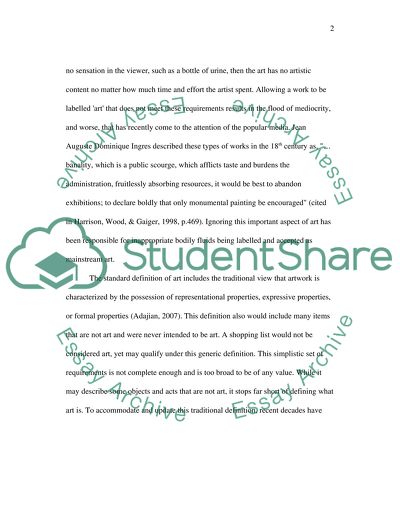Cite this document
(“A Theory of Art Essay Example | Topics and Well Written Essays - 1500 words”, n.d.)
A Theory of Art Essay Example | Topics and Well Written Essays - 1500 words. Retrieved from https://studentshare.org/architecture/1506894-a-theory-of-art
A Theory of Art Essay Example | Topics and Well Written Essays - 1500 words. Retrieved from https://studentshare.org/architecture/1506894-a-theory-of-art
(A Theory of Art Essay Example | Topics and Well Written Essays - 1500 Words)
A Theory of Art Essay Example | Topics and Well Written Essays - 1500 Words. https://studentshare.org/architecture/1506894-a-theory-of-art.
A Theory of Art Essay Example | Topics and Well Written Essays - 1500 Words. https://studentshare.org/architecture/1506894-a-theory-of-art.
“A Theory of Art Essay Example | Topics and Well Written Essays - 1500 Words”, n.d. https://studentshare.org/architecture/1506894-a-theory-of-art.


